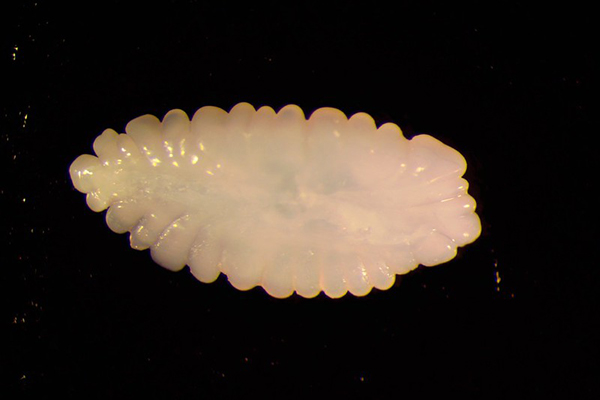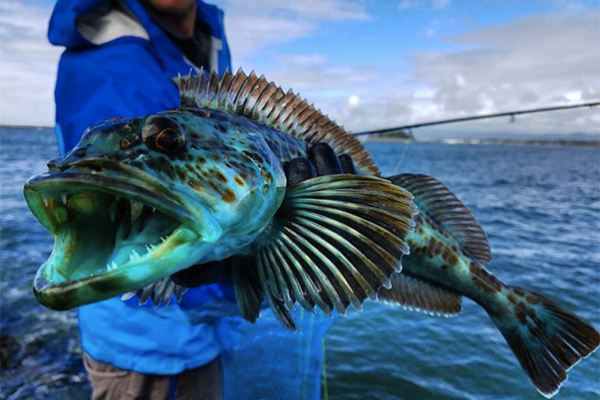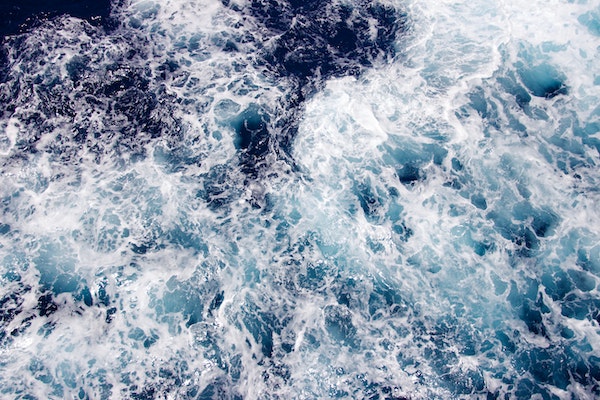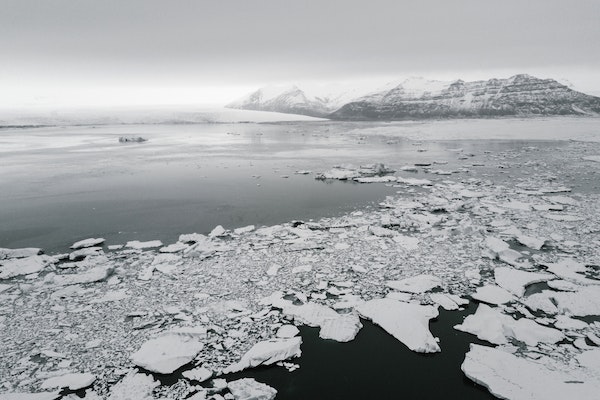Marine heatwaves trigger shift in hatch dates and early growth of Pacific cod, concludes new study

Marine heatwaves appear to trigger earlier reproduction, high mortality in early life stages and fewer surviving juvenile Pacific cod in the Gulf of Alaska, concludes a new study from Oregon State University (OSU).
These changes in the hatch cycle and early growth patterns persisted in years following the marine heat waves, which could have implications for the future of Gulf of Alaska Pacific cod, an economically and culturally significant species, said Jessica Miller a professor at OSU and the study’s senior author.
“We found that the fish were hatching two to three weeks earlier. To see that dramatic of a shift in hatch dates of a species due to a one- or two-year event is pretty remarkable,” Miller said. “That those changes continue to persist suggests that marine heatwaves might be having long-lasting impacts that also influence the likely trajectory of the species under climate change.”
The findings, which were published in Elementa: Science of the Anthropocene, could also have implications for future management of the fishery.
From 2014 to 2016 and in 2019, marine heatwaves led to a steep decline in the abundance of adult Gulf of Alaska Pacific cod. As a result, the fishery was closed in 2020, and a federal disaster was declared in 2022.
To better understand how these heatwaves impacted the Gulf of Alaska population of Pacific cod, the researchers studied otoliths, or ear stones, from young Pacific cod. The tiny bony structures begin to grow during the embryonic stage of development and chronicle a fish’s life like rings on trees.
Most fish die at the larval stage. The events of the first year of the animal’s life impact their survival and ability to reproduce. Understanding how marine heat waves impact the fish’s early growth cycle provides critical information to researchers and fisheries managers, Miller said.
“The stones are a common tool in fish ecology,” said Miller. “They are a time capsule that can be very useful for tracking what the fish ate and how fast they grew across time,” said Miller.
The researchers found that Pacific cod were hatching earlier during and after the 2014-2016 marine heatwave began, and those earlier hatches continued even when ocean temperatures cooled in 2017 and 2018.
“Fish responded to temperature differently during and after the marine heat waves,” said Zoe Almeida, who worked on the research as a post-doctoral scholar at Oregon State and is now at Cornell University. “Warmer temperatures only partially explained the earlier hatch dates in 2017 and 2018, and faster growth was not always associated with warmer temperatures as we often assume.”
Tool aims to predict effects of marine heatwaves, improve fisheries management
Overall, fewer juveniles survived the first year of life during marine heat waves.
“These are some complex, unexpected consequences we’re seeing and will continue to see in the future as the climate changes,” Miller said. “It’s not just straightforward changes in growth, with the young fish growing faster because the ocean is warmer, as predicted by several models. The shifts in hatch timing influenced their body size as much, if not more, than the moderately faster growth, which can affect Pacific cod’s ability to survive past the first year. There can be future impacts to reproduction timelines as well.”
Based on the findings, fisheries managers may want to continue to monitor marine heatwave events and take a more conservative approach during subsequent years, when fish stocks are likely to be reduced, Miller said. Monitoring programs in the future may also have to be redesigned, in terms of their timing or types of nets used to account for changes in spawn timing and body size.
Follow the Advocate @GSA_Advocate
Now that you've reached the end of the article ...
… please consider supporting GSA’s mission to advance responsible seafood practices through education, advocacy and third-party assurances. The Advocate aims to document the evolution of responsible seafood practices and share the expansive knowledge of our vast network of contributors.
By becoming a Global Seafood Alliance member, you’re ensuring that all of the pre-competitive work we do through member benefits, resources and events can continue. Individual membership costs just $50 a year.
Not a GSA member? Join us.
Author
-
Responsible Seafood Advocate
[103,114,111,46,100,111,111,102,97,101,115,108,97,98,111,108,103,64,114,111,116,105,100,101]
Related Posts

Fisheries
Study: Marine heat waves deep underwater persist longer
A NOAA study finds marine heat waves can occur with little evidence of ocean warming at the surface, which impacts fisheries management.

Fisheries
Ocean warming increases risk of salmon bycatch in Pacific hake fishery
Ocean warming and increased frequency of marine heatwaves could lead to higher Chinook salmon bycatch rates, scientists say.

Fisheries
Study: Most marine fish are responding to ocean warming by relocating toward the poles
Fish populations are responding to ocean warming by shifting toward the earth’s poles or moving to deeper waters – all in a bid to stay cool.

Fisheries
Study: Coastal fisheries are resilient in the face of marine heatwaves
Marine heatwaves are not having a lasting effect on fish communities with major commercial importance, according to Rutgers-led research.



